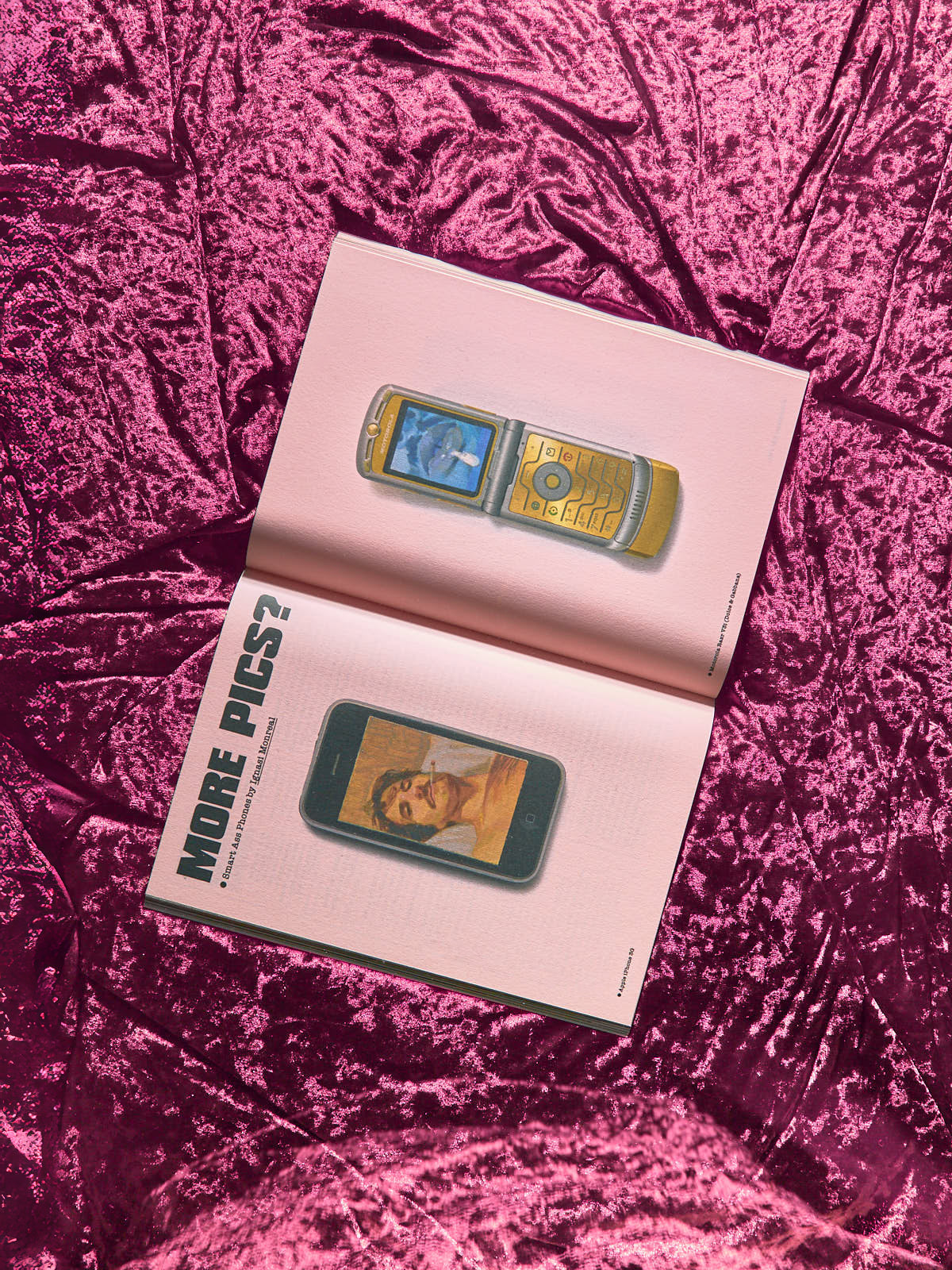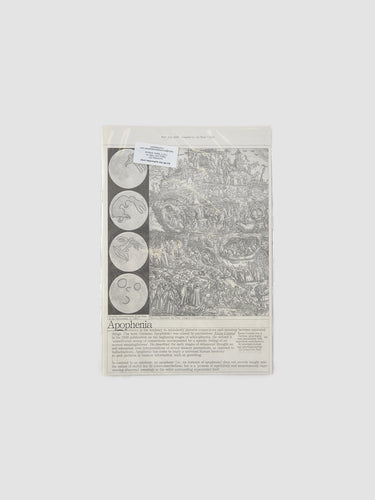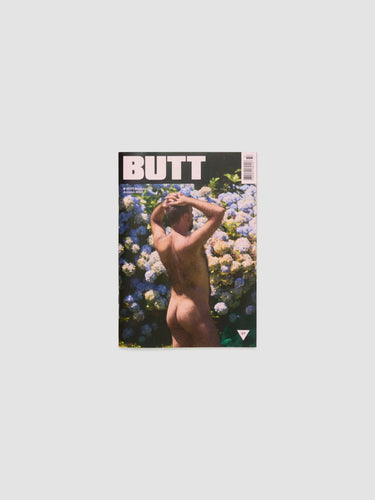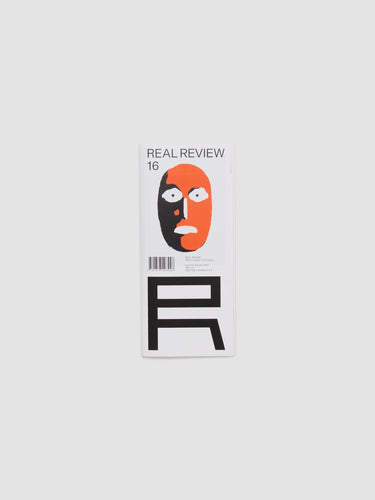Softcover print is risky terrain where, they don’t wear very well. On the other hand, it’s cheap to print, which means it’s a space to experiment. The softcover is not trying to look precious. These books and magazines are built for circulation, spill marks, being lent, marked, dog-eared, rubbed with lipstick. Below: some softies and reasons it deserves shelf space at Voo.
Sunday Reads
Sunday Reads: Softcover Editions
- Words
- Nora Hagdahl
- Photography
- Changwook Gu






